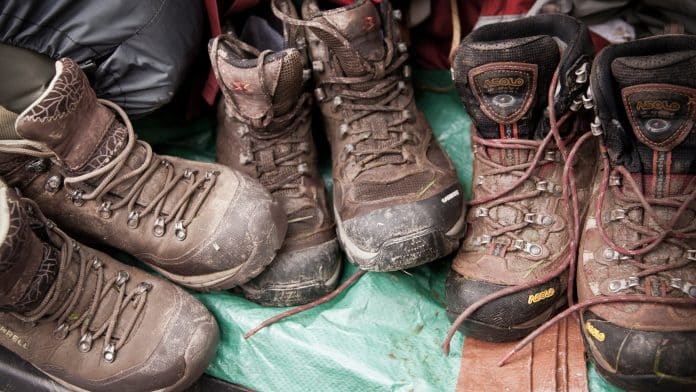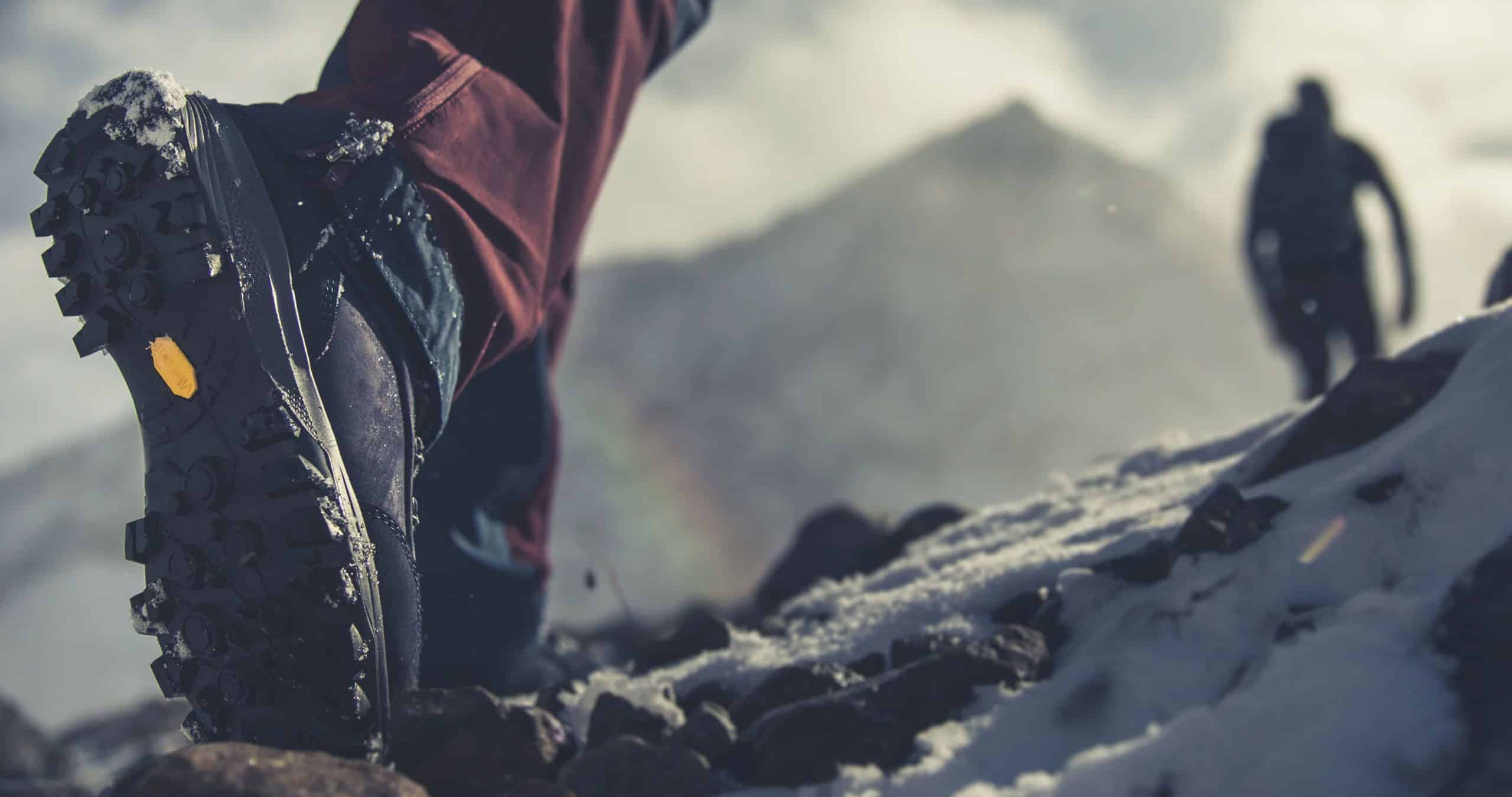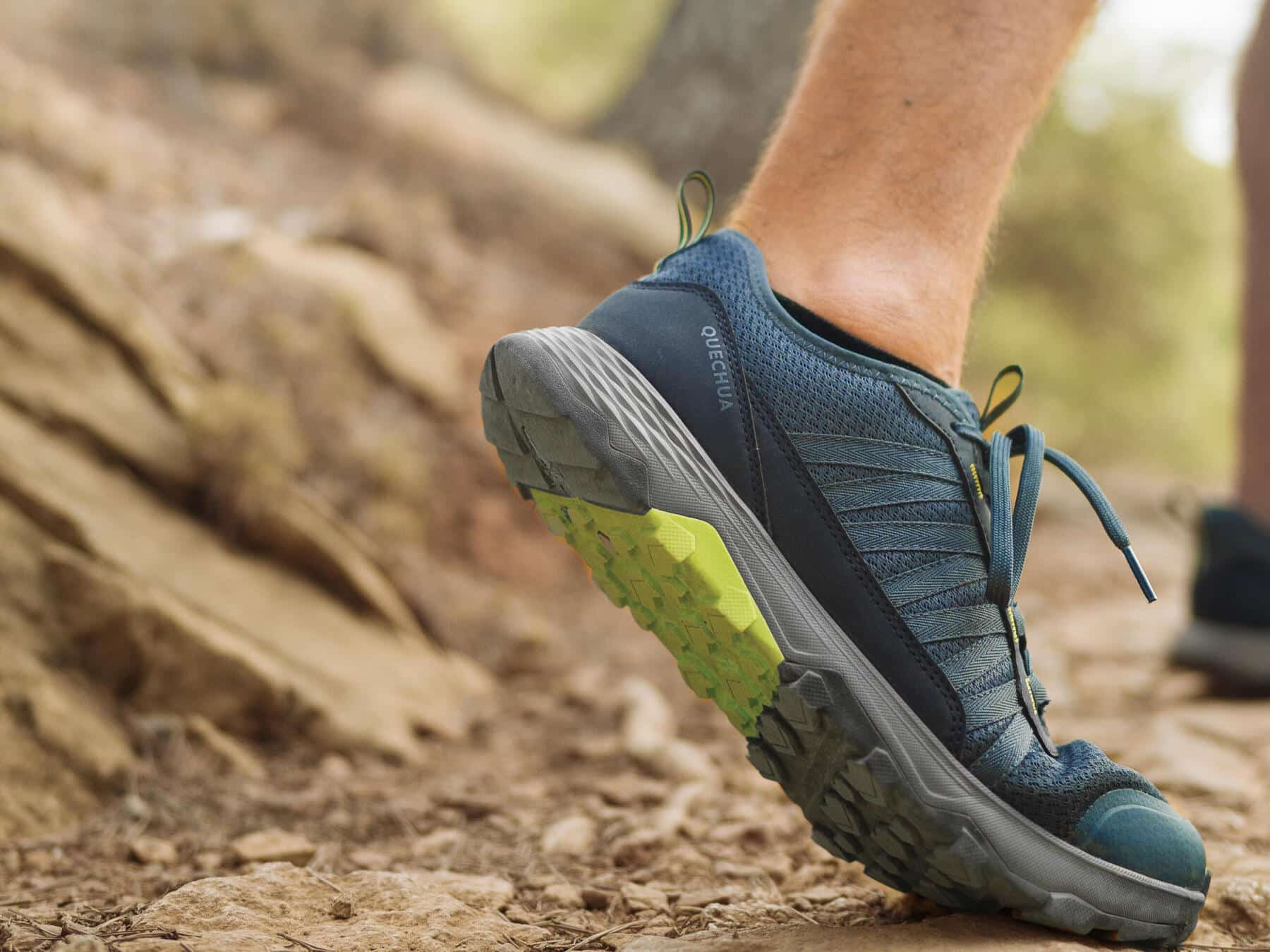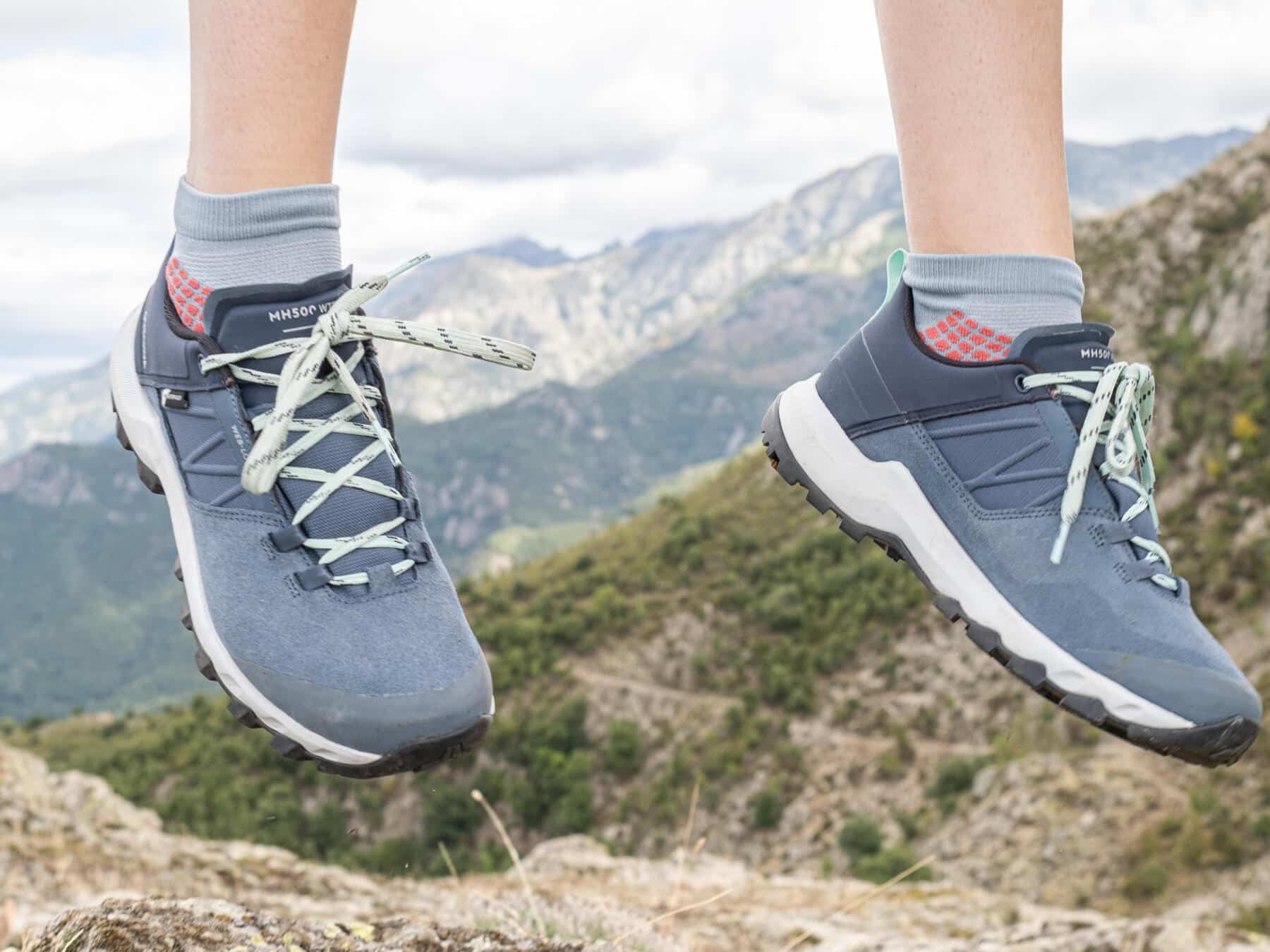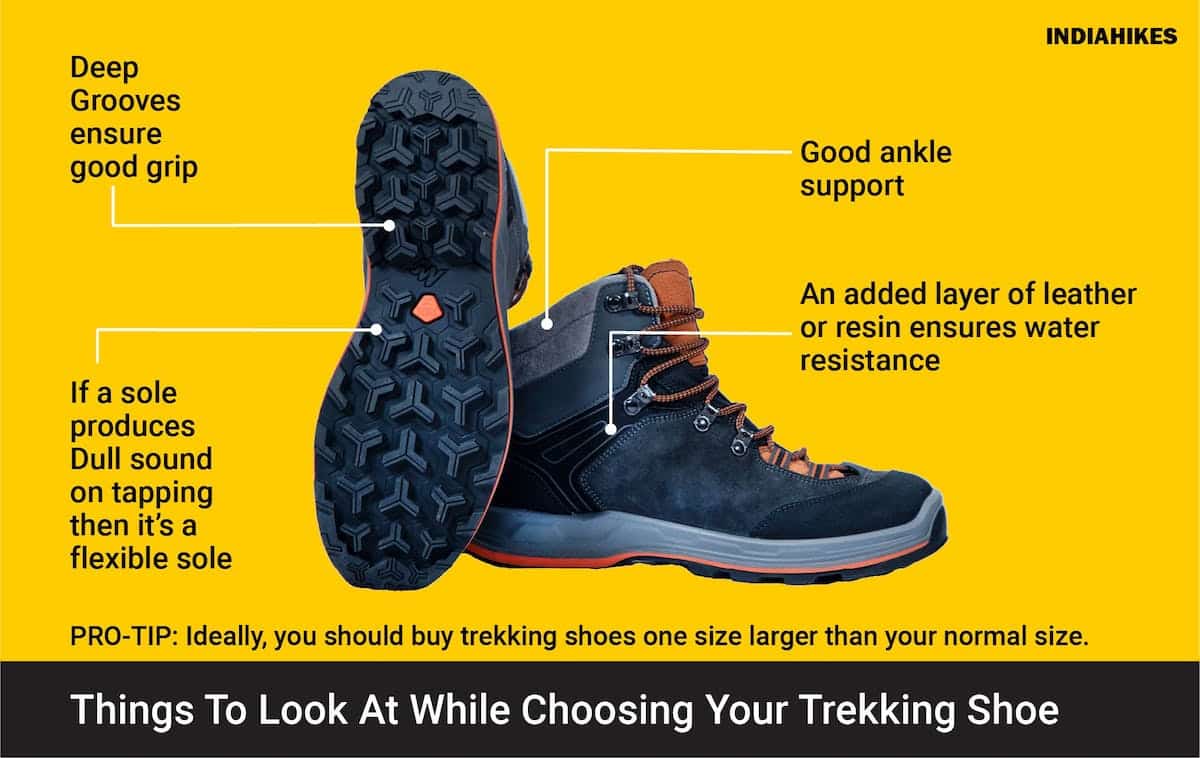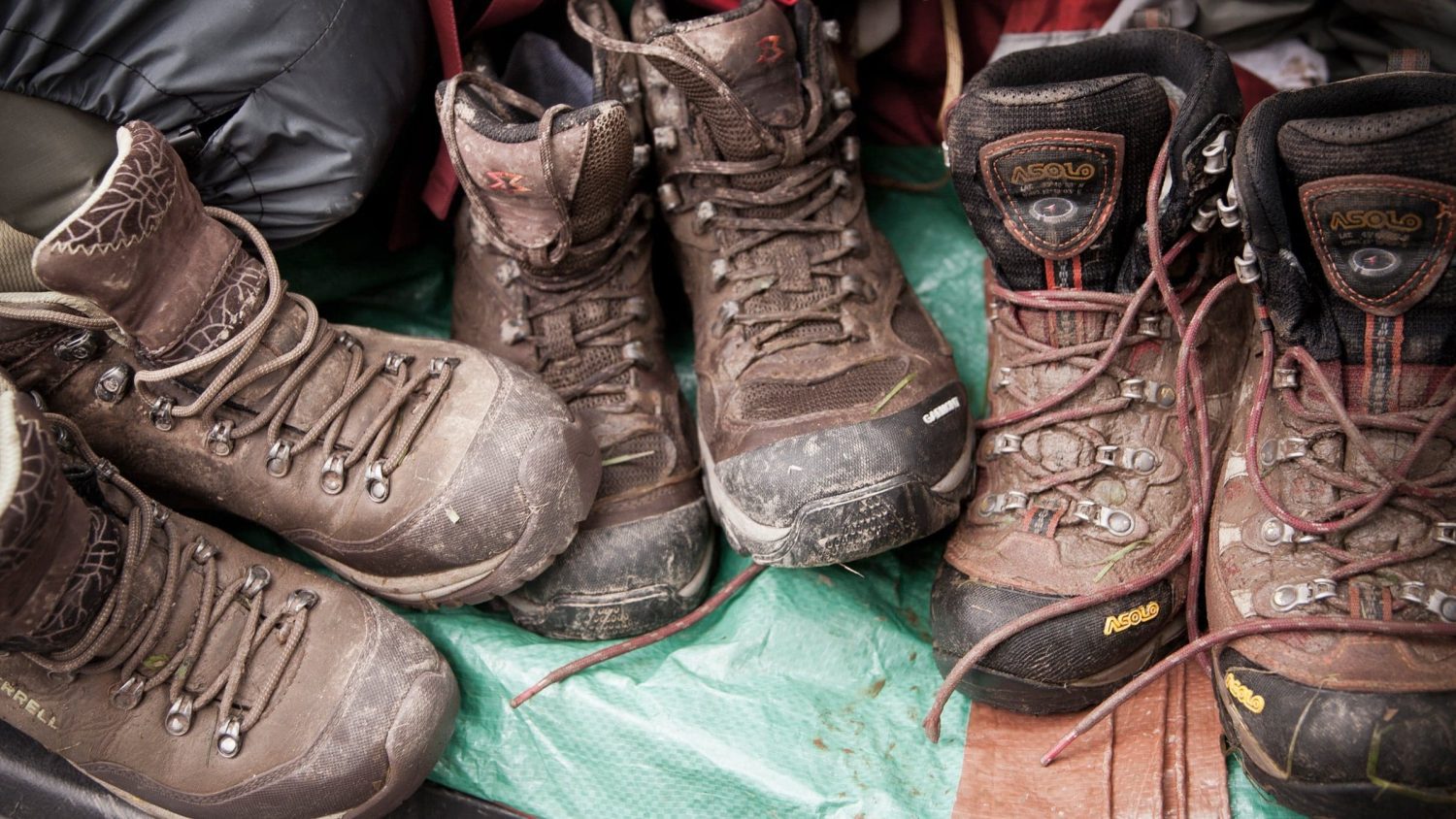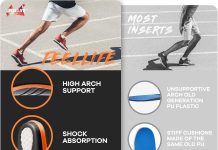Hiking shoes are essential for any outdoor enthusiast, providing the much-needed grip and stability on varying terrains.
However, over time, the grip of these shoes can deteriorate due to wear and tear. In this article, we will explore some practical tips and tricks to help you maintain the grip of your hiking shoes, ensuring a safe and enjoyable hiking experience every time.
Whether trekking through rugged trails or climbing steep slopes, these maintenance techniques will help you keep your footing secure and confident.
Choosing the Right Hiking Shoes
When choosing the right hiking shoes, there are a few essential factors to consider. Firstly, you should consider the terrain and conditions you will encounter on your hikes. Different terrains require different types of shoes, so choosing a pair suitable for the specific environment you will be exploring is crucial. Whether hiking on rocky trails, muddy paths, or snowy mountains, selecting the appropriate shoes will ensure your safety and comfort.
Another critical aspect to look for in hiking shoes is good traction. This is especially important when walking on slippery or uneven surfaces. Opting for shoes with a sturdy outsole and deep grooves will give you a better grip and stability, reducing the risk of slipping and falling. A good grip is vital for maintaining your balance and preventing accidents, so it’s worth investing in hiking shoes that offer excellent traction.
Pay attention to the materials used in the sole of the shoes as well. Some materials offer better grip and durability than others. Rubber soles, for example, tend to provide excellent traction and are known for their long-lasting properties. So, consider the sole materials when choosing your hiking shoes to ensure they can withstand the demands of the trails you’ll be exploring.
Cleaning and Maintenance
Keeping your hiking shoes clean and well-maintained is crucial for their grip and longevity. Regularly removing dirt and debris from your shoes helps to prevent the accumulation of grime and preserves the grip on your outsoles. After each hike, take a few moments to brush off any dirt or debris from your shoes using a soft brush or toothbrush. This simple practice will go a long way in keeping your hiking shoes in optimum condition.
In addition to regular cleaning, it’s also worth considering using waterproofing sprays on your shoes. These sprays help to repel water and can prevent the build-up of mud and other debris on your shoes. Keeping your hiking shoes clean and dry will maintain their grip and prevent the outsoles from becoming clogged with dirt.
This image is the property of stories.hanwag.com.
Checking and Replacing Worn Out Soles
Over time, the soles of your hiking shoes will naturally wear out due to extensive use. It’s essential to regularly inspect the tread of your shoes to check for signs of wear and tear. A worn-out sole can significantly reduce the grip of your hiking shoes, making them less effective on slippery or uneven surfaces. By regularly examining the tread, you can determine when it’s time to replace the soles to ensure optimal grip and safety while hiking.
In addition to inspecting the tread, it’s essential to be mindful of signs of wear and tear on the soles. If you notice any cracks, holes, or excessive wear, it indicates that the soles need to be replaced. Ignoring these signs can compromise the grip of your hiking shoes and pose a potential hazard on the trails. So, don’t hesitate to replace worn-out soles to ensure safety during outdoor adventures.
Improving Traction on Slippery Surfaces
When hiking on slippery surfaces, taking extra precautions is crucial to maintain your grip and stability. One method is to utilize a hiking pole for extra stability. Using a hiking pole, you can distribute your weight more evenly and have an additional point of contact with the ground, reducing the risk of slipping. The pole can support and enhance your balance, making it easier to navigate slippery terrains.
Another option to consider is wearing gaiters. Gaiters are protective coverings that wrap around the lower part of your legs and the tops of your shoes. They provide additional protection, preventing dirt, water, and debris from entering your shoes. Gaiters can help improve traction by keeping your shoes clean and preventing them from clogging with mud or other materials that could compromise their grip.
If you often encounter highly slippery surfaces, you may want to invest in traction aids such as crampons or microspikes. These accessories can be attached to your hiking shoes‘ soles, providing extra traction on icy or snowy terrain. They are particularly useful for winter hiking or exploring icy mountainous areas, where maintaining a good grip is essential for your safety.
This image is property of contents.mediadecathlon.com.
Proper Fit for Better Grip
Ensuring a proper fit is essential for maintaining a better grip on your hiking shoes. Choosing the correct shoe size that provides a snug and comfortable fit is essential. Shoes that are too loose can cause your feet to slide inside, which can affect your balance and grip. On the other hand, shoes that are too tight can lead to discomfort and increase the risk of blisters.
Consider using insoles for added support and to improve the fit of your hiking shoes. Insoles can provide extra cushioning, arch support, and stability, enhancing comfort and grip. They can help reduce foot fatigue and ensure a secure fit, allowing you to enjoy your hikes without worrying about your shoes slipping or causing discomfort.
In addition to choosing the correct shoe size and using insoles, tying your shoelaces securely is crucial for maintaining proper fit and grip. Tying your shoelaces too loosely can lead to unstable footing while tying them too tightly can restrict circulation and cause discomfort. Take the time to adjust your laces properly, ensuring they are snug but not overly tight. This will provide you with the best possible grip and stability while hiking.
Breaking-In New Hiking Shoes
When you first get a new pair of hiking shoes, it’s essential to break them in gradually to ensure they conform to the shape of your feet and provide optimal grip and comfort. Start by wearing your new shoes around the house for short periods to allow your feet to adjust to the fit and support. Once you feel comfortable, gradually increase the duration and intensity of your hikes while wearing the new shoes.
Experimenting with different terrains during your break-in period can also be beneficial. This will expose your shoes to various conditions and help them adapt to the demands of different hiking environments. Walking on different surfaces, such as gravel, dirt, and rocks, will help mold the outsoles to provide better traction and grip for your specific hiking needs.
To further aid in breaking in, you can flex and stretch your new hiking shoes to promote flexibility and prevent stiffness. Gently flexing the shoe back and forth and twisting it from side to side can help loosen up the materials and improve the overall comfort and grip. Remember to take it slow and be patient, as the break-in process can take time, but the effort will be worth it for a well-fitted and reliable pair of hiking shoes.
This image is property of contents.mediadecathlon.com.
Maintaining Clean and Dry Shoes
Properly maintaining your hiking shoes plays a significant role in maintaining their grip and overall performance. After each hike, allowing your shoes to dry thoroughly before storing them is essential. Moisture trapped inside the shoes can lead to the growth of bacteria and mold, compromising the cleanliness and grip of your shoes. Remove the insoles if possible, and place your shoes in a well-ventilated area away from direct sunlight to allow for proper airflow and drying.
Cleaning off mud and stains promptly is another crucial aspect of maintaining clean and dry shoes. Use a soft brush or cloth to remove visible dirt or debris from the upper and outsole. You can use mild detergent and water for tougher stains, but avoid submerging the shoes thoroughly. Scrub gently and rinse with clean water, ensuring no damage to any waterproofing coatings or materials. Allow the shoes to air dry completely before storing them.
When storing your hiking shoes, choosing a well-ventilated area is essential. Avoid storing them in a closed environment, such as a plastic bag or a shoebox, without proper airflow. Moisture can accumulate and compromise the grip of your shoes, so opt for a cool, dry place where air can circulate freely. This will help maintain the cleanliness and dryness of your hiking shoes, preserving their grip for your future adventures.
Avoiding Excessive Wear and Tear
To ensure the longevity of your hiking shoes and maintain their grip, it’s crucial to use them for their intended purposes only. While hiking shoes are designed to withstand rugged conditions, using them for running or everyday wear can cause excessive wear and tear. Pushing your shoes beyond their designated purpose can damage the outsoles, decrease grip, and reduce performance.
Another essential factor to consider is to avoid dragging your feet on rough surfaces. This can cause the outsoles to wear out unevenly and compromise the grip. Be conscious of your foot placement and strive for a smooth and controlled stride, lifting your feet instead of dragging them. By maintaining good hiking technique, you can prolong the lifespan of your shoes and ensure their grip remains intact.
Lastly, be mindful of sharp objects while hiking. Stepping on rocks, thorns, or other sharp debris can cause damage to the outsoles and affect the grip of your shoes. Pay attention to where you are stepping and avoid areas with visible hazards. If you do encounter sharp objects on the trail, take the time to carefully remove them from your shoes, ensuring they haven’t caused any significant damage. Being cautious and proactive can prevent unnecessary wear and tear on your hiking shoes.
This image is the property of images.prismic.io.
Replacing Worn Out Shoes
No matter how well you maintain and care for your hiking shoes, there will come a point when they need to be replaced. It is essential to recognize when it’s time for a replacement to ensure you have reliable and grippy footwear for your outdoor adventures. If you notice that the grip on the outsoles has significantly worn down and you no longer feel secure on various terrains, it’s a clear sign that it’s time for new hiking shoes.
There are options for shoe resoling services available, depending on the condition and brand of your shoes. Resoling can extend the lifespan of your hiking shoes and restore their grip to some extent. However, it’s worth noting that resoling may not be as effective as replacing the entire shoe, especially if the upper or other components are also worn out. Research different resoling services and consult with professionals to determine whether this option is viable for your shoes.
When choosing a suitable replacement, consider the terrain and conditions you typically hike in. Reflect on the aspects of your shoes that worked well for you and those you would like to improve. Look for a pair of hiking shoes with good traction and durability and a proper fit. Take the time to research different brands and models, and if possible, try them on and walk around in them before making a purchase. Investing in a quality pair of hiking shoes will ensure you have the necessary grip and support for your future outdoor activities.
Additional Tips and Tricks
In addition to the comprehensive guidelines above, here are a few additional tips and tricks to maintain the grip of your hiking shoes:
- Consider using a grip-enhancing spray on your outsoles. These sprays create a tacky surface that can improve traction on slippery surfaces. Be sure to follow the instructions provided by the manufacturer for optimal results.
- Maintaining correct body posture while hiking can help distribute your weight evenly and improve your overall balance and grip. Keep your head up, shoulders relaxed, and core engaged to enhance hiking stability.
- If you find that your hiking shoes’ grip is still insufficient for your needs, consider reinforcement techniques. Some hikers add additional traction aids such as self-adhesive grip pads or glued-on rubber lugs to improve the grip of their shoes. However, be cautious when modifying your shoes and ensure that any alterations do not compromise their structural integrity or comfort.
By following these tips, maintaining regular cleaning and maintenance routines, and choosing the right pair of hiking shoes, you can ensure that you have the necessary grip and traction to explore the great outdoors safely. Remember, taking care of your hiking shoes is an investment in your comfort, safety, and overall enjoyment of your hiking adventures. Happy hiking!
This image is the property of cdn.outsideonline.com.

